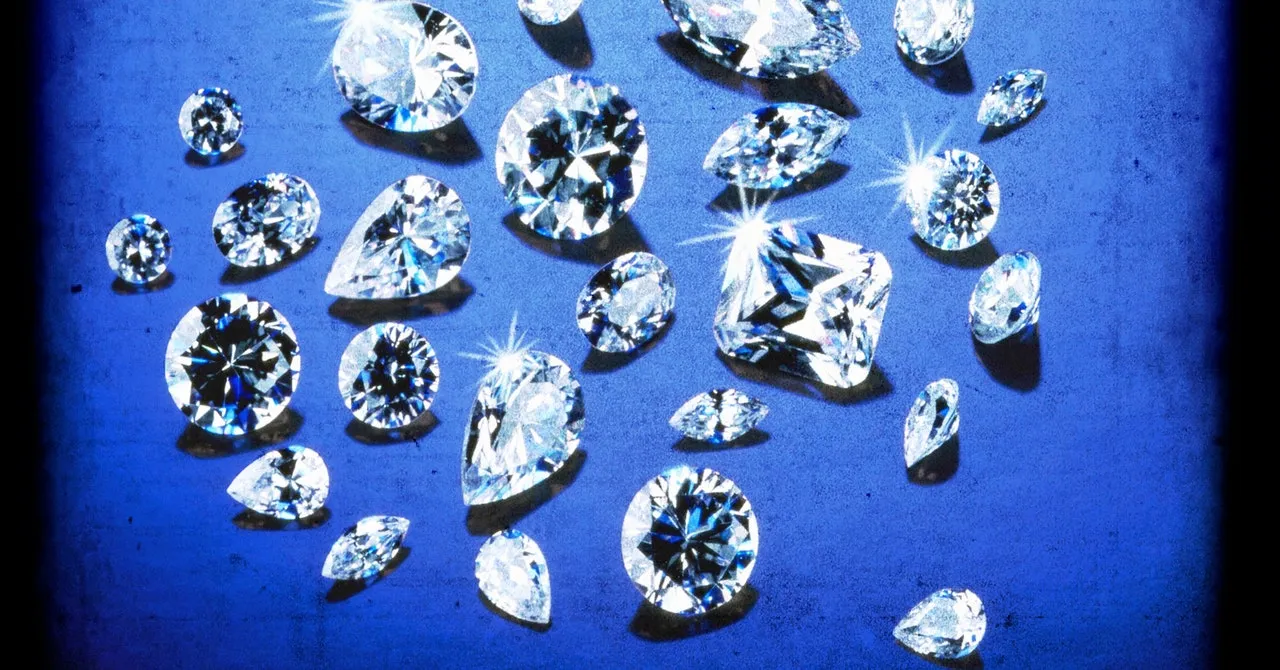Ars Technica Explores the Evolution of Lab-Grown Diamonds and Their Production Costs

Lab-Grown Diamonds: An Intriguing Journey
The history of lab-grown diamonds dates back over half a century. According to Harvard graduate student Javid Lakha, the first successful synthesis of diamonds began in the 1950s, pioneered by chemist Howard Tracy Hall at General Electric. Hall used a high-pressure, high-temperature (HPHT) process to mimic natural diamond formation.
Advancements in Diamond-Making Technology
Since those early days, technologies have evolved significantly. Today, there are two main methods for producing lab-grown diamonds: the HPHT process and chemical vapor deposition (CVD). Both processes are now represented in the marketplace, with high-end diamond-making machines listed on Alibaba, starting at approximately $200,000.
The Impact of Online Shopping
- Increased accessibility of luxury items.
- Specialized machines available for passionate makers.
- The physics behind diamond synthesis continues to captivate.
This article was prepared using information from open sources in accordance with the principles of Ethical Policy. The editorial team is not responsible for absolute accuracy, as it relies on data from the sources referenced.